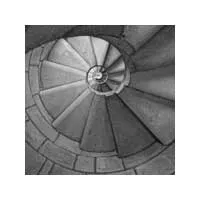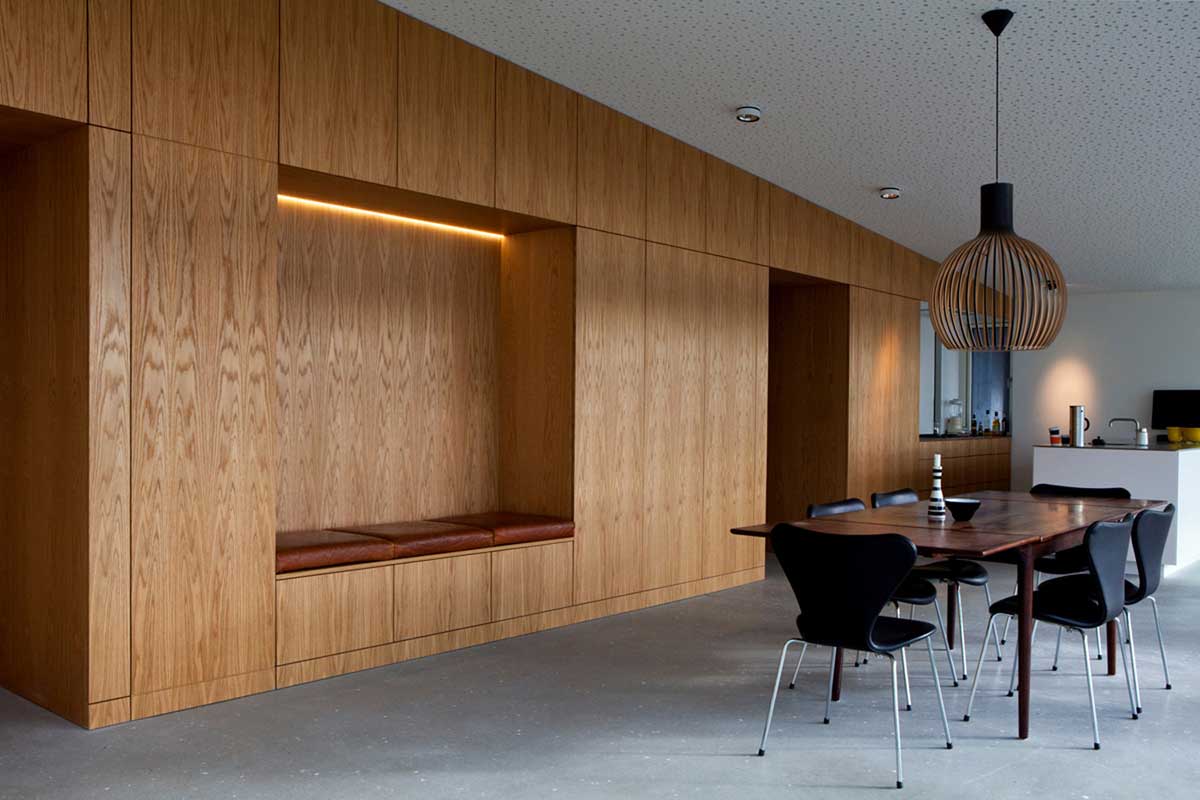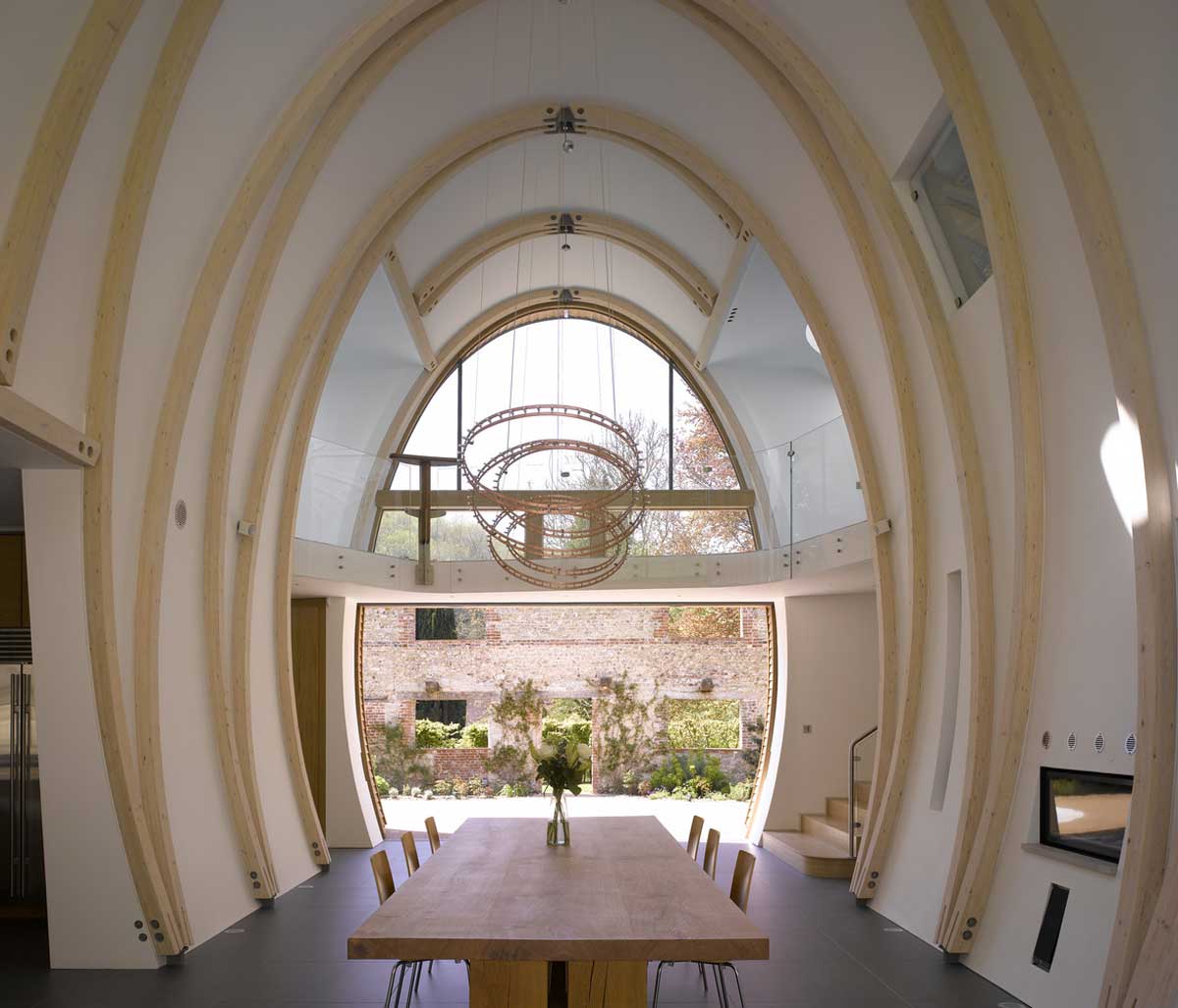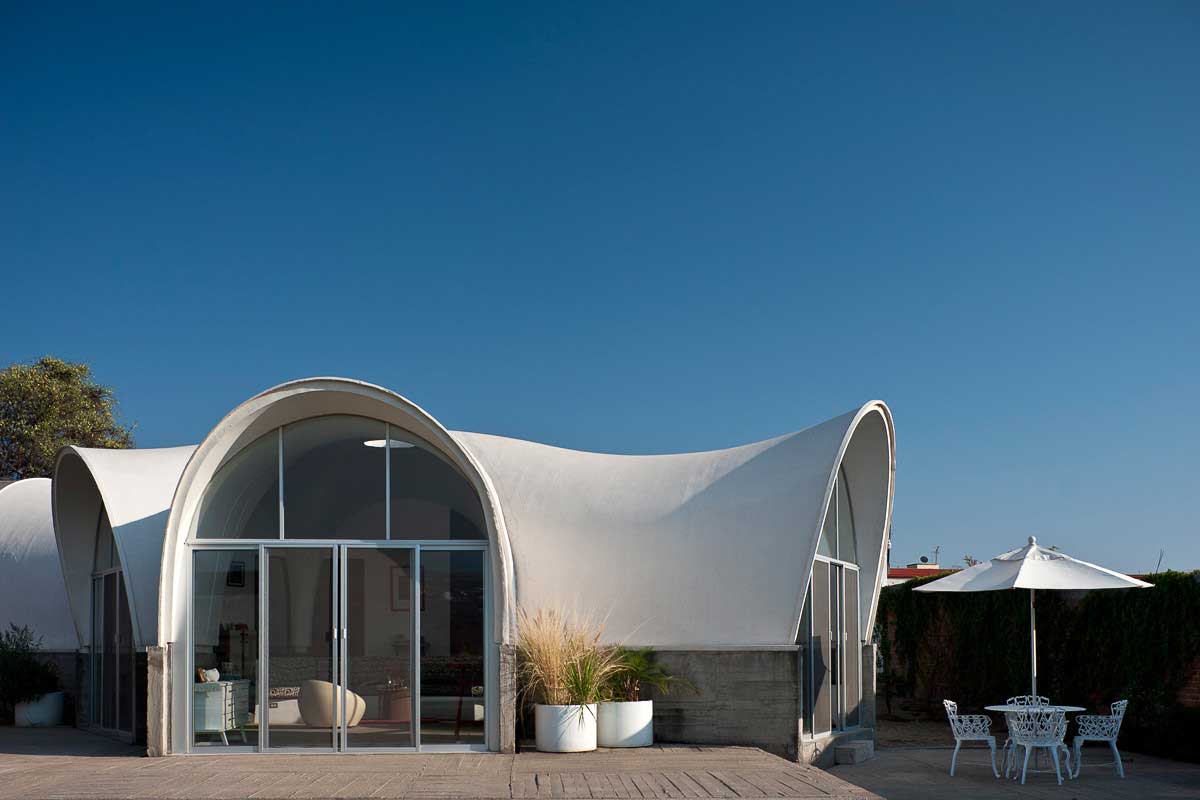Content
In the vast landscape of architectural innovation, wood boxes have emerged as a beacon of modernity and sustainability. Their simplistic yet versatile design has revolutionized the way we perceive and utilize space. Drawing inspiration from “La Maison Etirée,” where wood boxes are seamlessly integrated into the design, we delve into the transformative power of this humble material.

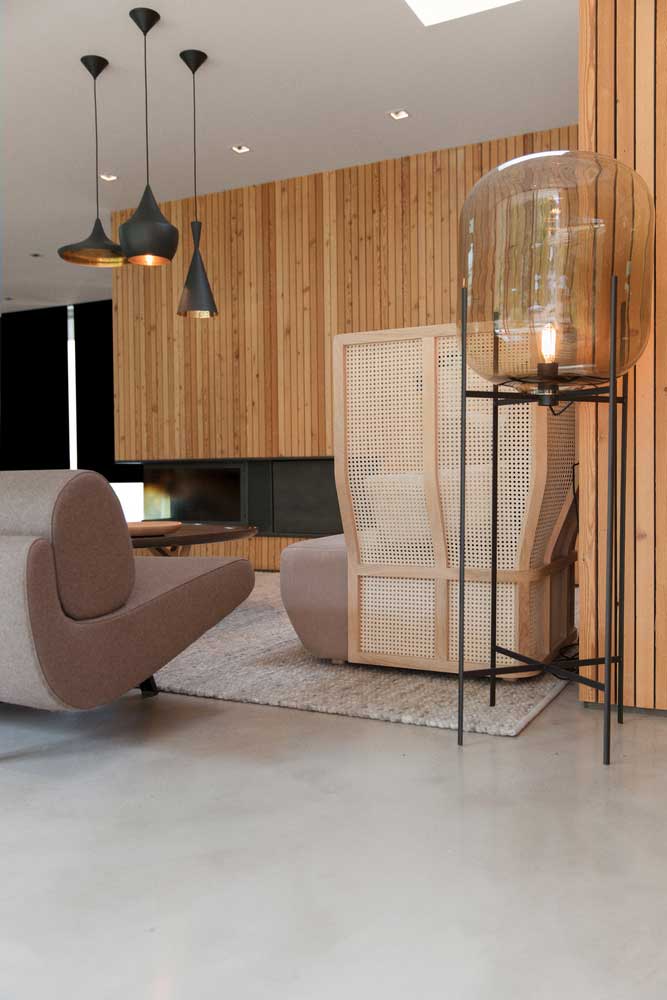
The Aesthetic Appeal of Wood Boxes
Wood, with its intricate grains and warm hues, brings an organic charm to spaces. The natural patterns found in wood grains can tell a story of age, growth, and resilience. When crafted into boxes, it offers a geometric contrast, creating a harmonious blend of nature and modern design.
The beauty of wood is that it can be customized to fit any aesthetic. Whether stained, painted, or left in its natural state, wood boxes can be tailored to match the interior design of any home. This customization allows homeowners to express their personal style and preferences.
The texture of wood adds depth to interiors, making spaces feel cozy and inviting. This tactile quality can evoke feelings of warmth and comfort, making homes feel more welcoming.
The rigid geometry of wood boxes juxtaposed against soft furnishings creates a balanced interior. This balance between hard and soft elements can create a dynamic and visually interesting space.
Moreover, wood has a timeless appeal, ensuring that homes with wood boxes remain contemporary and stylish through the ages. This timelessness means that designs incorporating wood boxes won’t easily go out of style.


Modular Living with Wood Boxes
The modular nature of wood boxes allows for endless design possibilities. They can be stacked, aligned, or rearranged to create unique living spaces. This flexibility means homeowners can adapt and change their living spaces as their needs evolve.
In compact homes, wood boxes can be used to delineate spaces without the need for walls. This open design can make small spaces feel larger and more open, promoting a sense of spaciousness.
The possibilities with wood boxes are limitless. From hidden storage compartments to fold-out desks, they can be designed to cater to a myriad of needs. This versatility means that wood boxes can serve multiple functions, making them a practical addition to any home.
Using wood boxes throughout a home brings a consistent design language, making spaces feel cohesive. This consistency can create a harmonious flow throughout the home, tying different rooms and spaces together.
As families grow or needs change, wood boxes can be adapted, ensuring homes that are both functional and aesthetically pleasing. This adaptability means that homes can evolve and change over time without the need for major renovations.


Sustainability and Eco-Friendliness
Wood is a renewable resource, making it an eco-friendly choice for construction. This sustainability means that using wood boxes can reduce a home’s environmental impact.
Using wood boxes in construction reduces the carbon footprint, as wood captures and stores carbon dioxide. This carbon storage can help mitigate the effects of climate change, making wood boxes an environmentally responsible choice.
These boxes can be repurposed, recycled, or upcycled, championing green living. This repurposing can extend the life of the wood, reducing waste and promoting sustainability.
Wood acts as a natural insulator, reducing energy consumption and ensuring homes that are energy-efficient. This efficiency can lead to cost savings on energy bills, making wood boxes a practical and economical choice.
Incorporating wood boxes into design fosters a deeper connection with nature, promoting holistic living. This connection can improve mental well-being, making homes feel more peaceful and serene.


Space Optimization through Wood Boxes
In urban settings, where space is at a premium, wood boxes offer ingenious solutions to maximize every inch. They can be used to create multi-functional spaces, from storage solutions to partitioned rooms.
Their compact design ensures homes feel spacious, promoting an open flow. This open design can make homes feel larger and more spacious, even in compact urban settings.
Wood boxes can be designed with built-in storage solutions, ensuring clutter-free living. This built-in storage can help homeowners stay organized, reducing stress and promoting a sense of calm.
The adaptability of wood boxes means they can be used in various ways, from creating loft spaces to crafting cozy nooks. This versatility means homeowners can get creative with their space, tailoring it to their specific needs and preferences.
As urban living becomes more compact, wood boxes provide innovative solutions to make the most of available space. This innovation means that even in small spaces, homeowners don’t have to compromise on style or functionality.


The Versatility of Wood Box Interiors
The interior of wood boxes can be as varied as their exteriors, catering to diverse needs. They can be lined with felt or other insulating materials, ensuring comfort in all seasons.
Fitted shelves or hidden compartments can be incorporated for storage, making the most of the available space. This built-in storage can help homeowners make the most of their space, reducing clutter and promoting organization.
For those who lean towards minimalism, wood boxes can be designed with clean lines and open spaces. This minimalist design can create a sense of calm and tranquility, making homes feel more peaceful.
Wood has natural acoustic properties, making wood box interiors ideal for spaces where sound quality matters. This acoustic quality can improve the ambiance of a space, making it feel more comfortable and inviting.
Whether you’re looking for a cozy reading nook or a functional home office, wood boxes can be tailored to fit your needs. This customization means homeowners can create spaces that truly reflect their personal style and preferences.


Wood boxes, in their simplicity, have ushered in a new era of home design. They challenge traditional notions of space, offering solutions that are innovative, sustainable, and beautiful. As we draw inspiration from projects like “La Maison Etirée,” it’s evident that the future of home design lies in embracing materials that are as versatile as they are sustainable.
